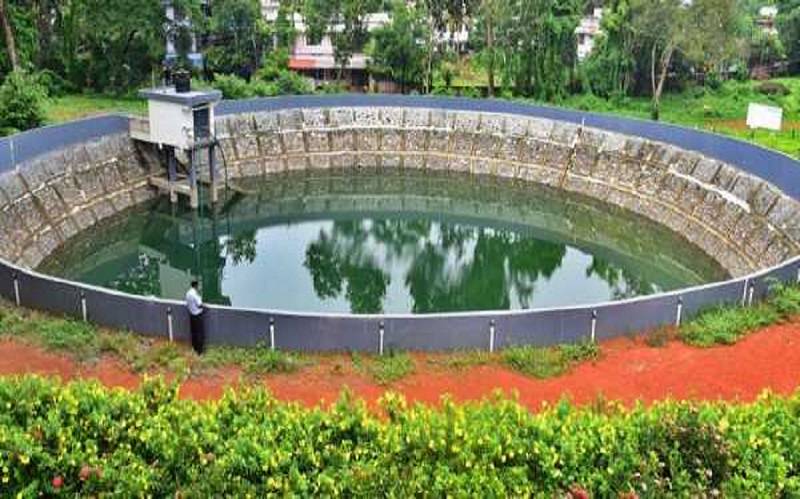
The southwest monsoon has arrived in India and the farmers are hoping for nature to shower them with the best. In India, agriculture largely depends on the monsoon for the irrigation of the farms. If the pattern of the monsoon stands erratic or the rainfall gets irregular, then it could pose serious threats to the farming in India. However, IMD (India Meteorological Department), the principal agency responsible for meteorological observations, weather forecasting and seismology in India, has predicted that the monsoon 2020 is going to be ‘normal’, we shouldn’t forget that these are just prediction and no one knows how the monsoon is going to turn out. Thereby, precautions are necessary for farmers farming in the dryland and arid regions.
#Monsoon 2020 Tips
To keep the farmers informed with all the necessary precautions they can take to tackle the erratic monsoon, we bring out five steps. These steps could be followed in the non-monsoon seasons as well.
Crop Selection
For dryland and arid regions, it is important to keep in mind the duration of the harvesting. For instance, the crops that can be harvested in a short period and are drought resistant should be selected for harvesting in the monsoon season. This should be done to ensure that the irregular monsoon doesn’t affect the yield. Farmers should try cultivating millets, sorghums, and pulses in this season.
Integrated farming system
An integrated farming system should be adopted by farmers in order to ensure an integrated approach to farming. An integrated farming system refers to the integration of other farming activities such as horticulture and animal husbandry so that there could be an interchange of resources. For instance, rearing a cattle and feeding it with the fodder from your farm while using the cattle’s manure in your farm despite using chemical fertilizers, could give you dual benefits. From a perspective of erratic monsoon, using organic manure not only improves the fertility of the soil but also improves its water holding capacity.

Water harvesting and rainwater management
Water harvesting and rainwater management is the need of the hour. With the scarcity of water prevailing across the world, efficient rainwater management can help the farmers in dryland regions reap the maximum benefits. However, this is a bit tricky to achieve while erratic monsoon occurs, but not impossible. Water management projects should be implemented in such areas of the region where there is no farm so that the rainwater can be stored and used by the agriculture department.
Alternate land use
Cropping systems like multiple cropping, triple cropping, quadruple cropping, ley farming, pasture management, etc. can be considered by the farmers so that the water retention capacity of the soil could be increased. Monocropping system could make the soil lose its natural moisture and hence the other cropping system could help.
Soil Management
Before the onset of monsoon, one can prepare the soil to increase the water retention capacity of the soil. For instance, practices like mid-season correction, mulching, and foliar spraying of anti-transparent can help in adding to the soil’s water-holding capacity, and hence, erratic monsoon will not be a very big threat to the farmers.










